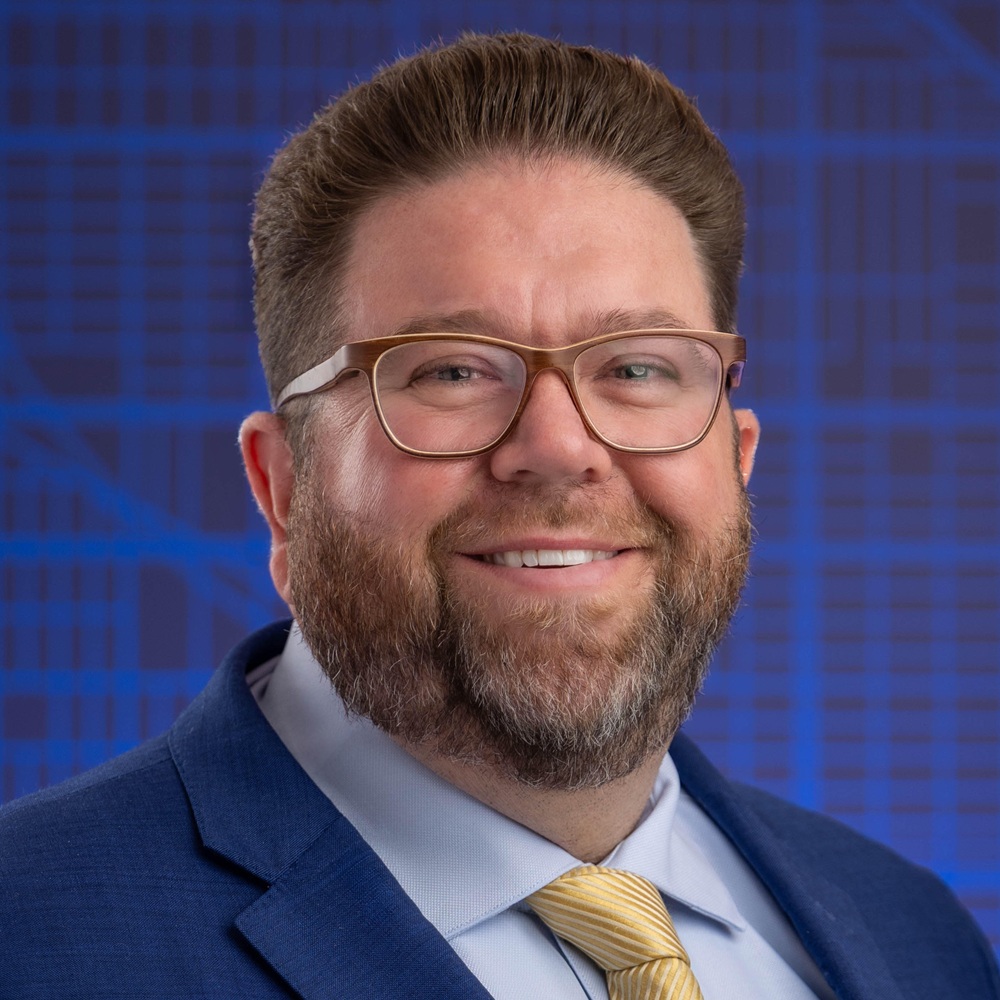Taking Stock of Your Finances at the Halfway Point of 2021
Believe it or not, we’re more than halfway through 2021. It’s the perfect time to revisit your financial goals. Are you on track?


Before the summer fades away, take inventory of your finances and prepare for the next six months. Once the summer ends, the holidays are right around the corner, which means your schedule can fill up quickly! You should be meeting with your financial professional on an annual basis, if not more. Scheduling a meeting at the midpoint of the year will prepare you for the rest of the year.
Here are four things you should address in your mid-year review.
Plan Your Spending
This is a perfect time to stop and see if you are still working within your budget. Retirees on a fixed income need to check their spending and plan for the rest of the year. One of the biggest fears those in or near retirement have is running out of money. Reviewing your spending plan in the middle of the year will show you if you are withdrawing too much from your retirement accounts. If you are, meet with your financial professional and discuss how you can adjust your spending plan to fit your lifestyle.
From just $107.88 $24.99 for Kiplinger Personal Finance
Become a smarter, better informed investor. Subscribe from just $107.88 $24.99, plus get up to 4 Special Issues

Sign up for Kiplinger’s Free Newsletters
Profit and prosper with the best of expert advice on investing, taxes, retirement, personal finance and more - straight to your e-mail.
Profit and prosper with the best of expert advice - straight to your e-mail.
Prep for Tax Season
The first thing people should be looking at is their withholding. The IRS updated the withholding tables in January with only minimal changes from 2020. The most notable change was increasing the Social Security Maximum Wage Base from $137,700 to $142,800. You can file all withholding adjustments with a W-4 form through your employer.
Maxing out your retirement accounts can have a positive impact on your taxes. The maximum contribution limits went unchanged from 2020 to 2021. You can save up to $19,500 in your 401(k). IRA contribution limits also remain at $6,000. The catch-up contribution for those 50 and over is an extra $6,500 in your 401(k) and $1,000 in your IRA.
Another tax strategy to consider is converting your tax-deferred retirement accounts to more tax-advantaged accounts. Consider converting some of your traditional IRA or 401(k) to a Roth IRA or 401(k). You will pay taxes on the money you convert now, but you can withdraw that money tax-free in retirement. To avoid a drop in your account balance, consider paying your tax liability from a non-retirement account. For example, if you are in the 24% tax bracket and have $10,000 saved in a traditional IRA and convert to a Roth IRA, you would owe $2,400 in taxes. If possible, pay the $2,400 from a separate account, so your balance doesn’t go from $10,000 to $7,600.
Required minimum distributions, or RMDs, also play a role in your tax situation as you have to pay income tax on your RMDs. You may not need the money to fund your retirement spending, but you need to take your RMDs from tax-deferred retirement accounts starting at age 72. Although you can’t reinvest your RMDs into tax-advantaged retirement accounts, you can invest the money into taxable accounts, such as municipal bonds or ETFs.
You may also consider setting up a qualified charitable distribution. This is a direct transfer of funds from an IRA to a qualified charity. When you reach age 72, the qualified charitable distribution counts toward your RMD for the year and is not included in your gross income. Remember, the IRS penalty for not taking your RMD is 50% of the amount not taken by the end of the year.
Review Your Estate Plan
More than half of older Americans have no will or estate plan in place. Midyear is an excellent time to create or review your estate plan and make sure you have all your affairs in order. Make sure you have a will created and an executor named. You may want to consider creating a living will as well. A living will outlines medical procedures you wish to receive at the end of life, including resuscitation, mechanical ventilation, tube feeding and organ donation.
You will also need to name a health care power of attorney. This person will carry out your wishes and make decisions if you become incapacitated. Another important decision to make is your financial power of attorney; should you become incapacitated, this person will handle all your financial affairs. If any major life events have occurred in the last year, such as a marriage, death or birth, you will want to update your beneficiaries. If you don’t designate a beneficiary, your beneficiary could be chosen by a federal or state court. That goes for all your retirement documents! If a beneficiary is not named, federal regulations automatically designate the spouse of the account owner as the beneficiary for qualified plan, including 401(k)s and money purchase pension plans.
Check Your Investments
Now is a great time to check in with your portfolio and make adjustments. Midyear gives investors the opportunity to reposition their investments and potentially reduce their taxes through tax-loss harvesting. You might consider selling stocks, mutual funds or other investments that have lost value to offset taxes on capital gains from investments that have made money so far this year.
Your financial professional can also run a risk analysis of your investments. It’s important that you take the appropriate amount of risk for your age and how close you are to retirement. For a quick self-assessment on your risk, try the rule of 100. Take your age and subtract it from 100; that should be the percentage of your portfolio in stocks. For example, if you are 30, 70% of your portfolio can be in stocks, and if you’re 70, only 30% of your portfolio should be in stocks.
It’s important to remember not to make any emotional decisions with your investments. Short-term decisions can provide temporary emotional relief but can lead to long-term financial losses. Make sure you are talking with your financial professional before making any major investment changes.
Profit and prosper with the best of Kiplinger's advice on investing, taxes, retirement, personal finance and much more. Delivered daily. Enter your email in the box and click Sign Me Up.

Tony Drake is a CERTIFIED FINANCIAL PLANNER™ and the founder and CEO of Drake & Associates in Waukesha, Wis. Tony is an Investment Adviser Representative and has helped clients prepare for retirement for more than a decade. He hosts The Retirement Ready Radio Show on WTMJ Radio each week and is featured regularly on TV stations in Milwaukee. Tony is passionate about building strong relationships with his clients so he can help them build a strong plan for their retirement.
-
 Forget FIRE: Why ‘FILE’ Is the Smarter Move for Child-Free DINKs
Forget FIRE: Why ‘FILE’ Is the Smarter Move for Child-Free DINKsHow shifting from "Retiring Early" to "Living Early" allows child-free adults to enjoy their wealth while they’re still young enough to use it.
-
 7 Tax Blunders to Avoid in Your First Year of Retirement
7 Tax Blunders to Avoid in Your First Year of RetirementA business-as-usual approach to taxes in the first year of retirement can lead to silly trip-ups that erode your nest egg. Here are seven common goofs to avoid.
-
 How to Plan for Social Security in 2026's Changing Landscape
How to Plan for Social Security in 2026's Changing LandscapeNot understanding how the upcoming changes in 2026 might affect you could put your financial security in retirement at risk. This is what you need to know.
-
 7 Tax Blunders to Avoid in Your First Year of Retirement, From a Seasoned Financial Planner
7 Tax Blunders to Avoid in Your First Year of Retirement, From a Seasoned Financial PlannerA business-as-usual approach to taxes in the first year of retirement can lead to silly trip-ups that erode your nest egg. Here are seven common goofs to avoid.
-
 How to Plan for Social Security in 2026's Changing Landscape, From a Financial Professional
How to Plan for Social Security in 2026's Changing Landscape, From a Financial ProfessionalNot understanding how the upcoming changes in 2026 might affect you could put your financial security in retirement at risk. This is what you need to know.
-
 6 Overlooked Areas That Can Make or Break Your Retirement, From a Retirement Adviser
6 Overlooked Areas That Can Make or Break Your Retirement, From a Retirement AdviserIf you're heading into retirement with scattered and uncertain plans, distilling them into these six areas can ensure you thrive in later life.
-
 I'm a Wealth Adviser: These Are the 7 Risks Your Retirement Plan Should Address
I'm a Wealth Adviser: These Are the 7 Risks Your Retirement Plan Should AddressYour retirement needs to be able to withstand several major threats, including inflation, longevity, long-term care costs, market swings and more.
-
 High-Net-Worth Retirees: Don't Overlook These Benefits of Social Security
High-Net-Worth Retirees: Don't Overlook These Benefits of Social SecurityWealthy retirees often overlook Social Security. But timed properly, it can drive tax efficiency, keep Medicare costs in check and strengthen your legacy.
-
 Do You Have an Insurance Coverage Gap for Your Valuables? You May Be Surprised to Learn You Do
Do You Have an Insurance Coverage Gap for Your Valuables? You May Be Surprised to Learn You DoStandard homeowners insurance usually has strict limits on high-value items, so you should formally "schedule" these valuable possessions with your insurer.
-
 8 Practical Ways to Declutter Your Life in 2026: A Retirement 'Non-Resolution' Checklist
8 Practical Ways to Declutter Your Life in 2026: A Retirement 'Non-Resolution' ChecklistHere's how to stop wasting your energy on things that don't enhance your new chapter and focus on the things that do.
-
 To Retire Rich, Stop Chasing Huge Returns and Do This Instead, Courtesy of a Financial Planner
To Retire Rich, Stop Chasing Huge Returns and Do This Instead, Courtesy of a Financial PlannerSaving a large percentage of your income, minimizing taxes and keeping spending in check can offer a more realistic path to retiring rich.